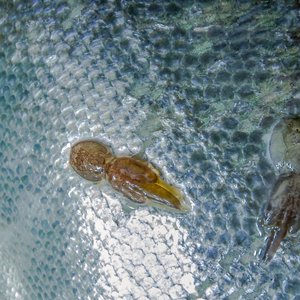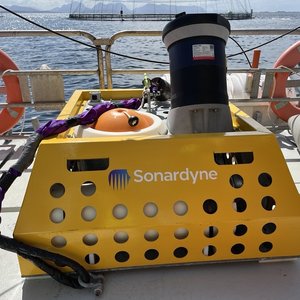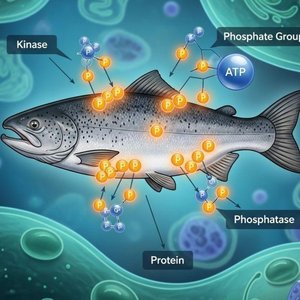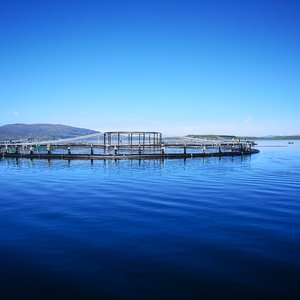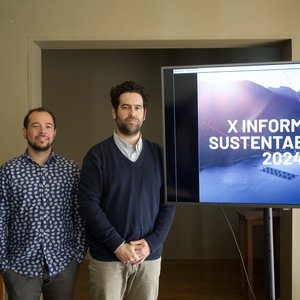Currently, tilapia farming in Tanzania is mostly for subsistence or for small-scale markets. To develop an aquaculture strategy for Tanzania, 30 scientists representing Tanzanian stakeholders as well as international research organizations met for a three-day workshop in Zanzibar. The meeting was funded by the Swedish \"Agriculture for Food Security 2030\" (AgriFoSe) program and jointly organized by University of Dar Es Salaam, Worldfish Malaysia, and the Swedish University of Agricultural Sciences. Participation of scientists from Bangor University and Earlham Institute was supported by a BBSRC award from the Global Challenge Research Fund (GCRF).
The main outcome of this workshop was a new consortium between the partners, committed to establishing a National Aquaculture Development Center (NADC). The NADC could help triple the contribution that aquaculture makes to the economy, double the production of fish in the country by 2025 and improve access to fish as a protein source - especially for women.
Tilapia species from a broad range of ecosystems - including lakes, river systems, reservoirs and fish ponds across the country - will form the focus of the research. Genetic analysis of 31 species, including 26 that are found nowhere else on the planet, could reveal important traits for creating the country’s own commercial broodstock.
“We have a chance to increase our country’s share in aquaculture’s blue revolution, an industry growing faster than any other food-production sector in the world,” stated Charles Mahika, Director of the Aquaculture, Ministry of Agriculture, Livestock and Fisheries (MALF), United Republic of Tanzania.
“Tilapia production could help meet the nutritional demands of our growing population in a sustainable way as well providing a surplus for export,\" he continued. \"Tapping our own rich diversity will reduce our dependence on external markets, increase food security and make the final product more appealing to Tanzanian consumers. We aim to triple the contribution of aquaculture to GDP from 1.4% to 4.2% by 2025.”
“By sharing the results of genetic analysis and helping to build expertise, we can make a real contribution to helping to grow a national industry,” explained Federica Di Palma, Director of Science, Earlham Institute (EI). “A Tanzanian aquaculture seed bank could also be valued by breeders worldwide, for example by offering strains adapted to harsh environments. I am grateful to our Global Research Challenge fund awarded by BBSRC, which have allowed us to contribute to this amazing effort and lay the foundations for aquaculture development in Tanzania. It has been an inspiring and humbling experience to be part of this endeavor.”



